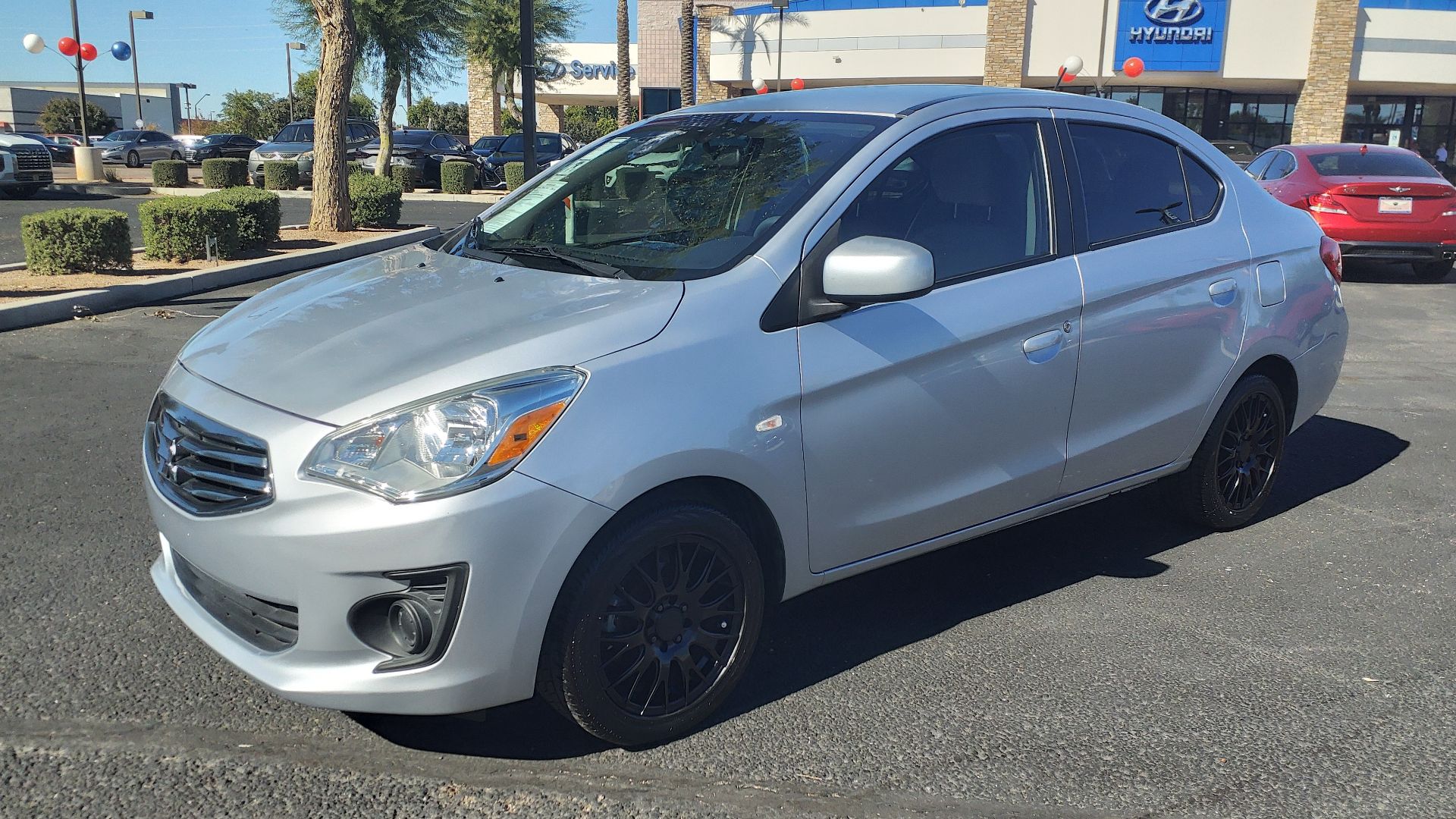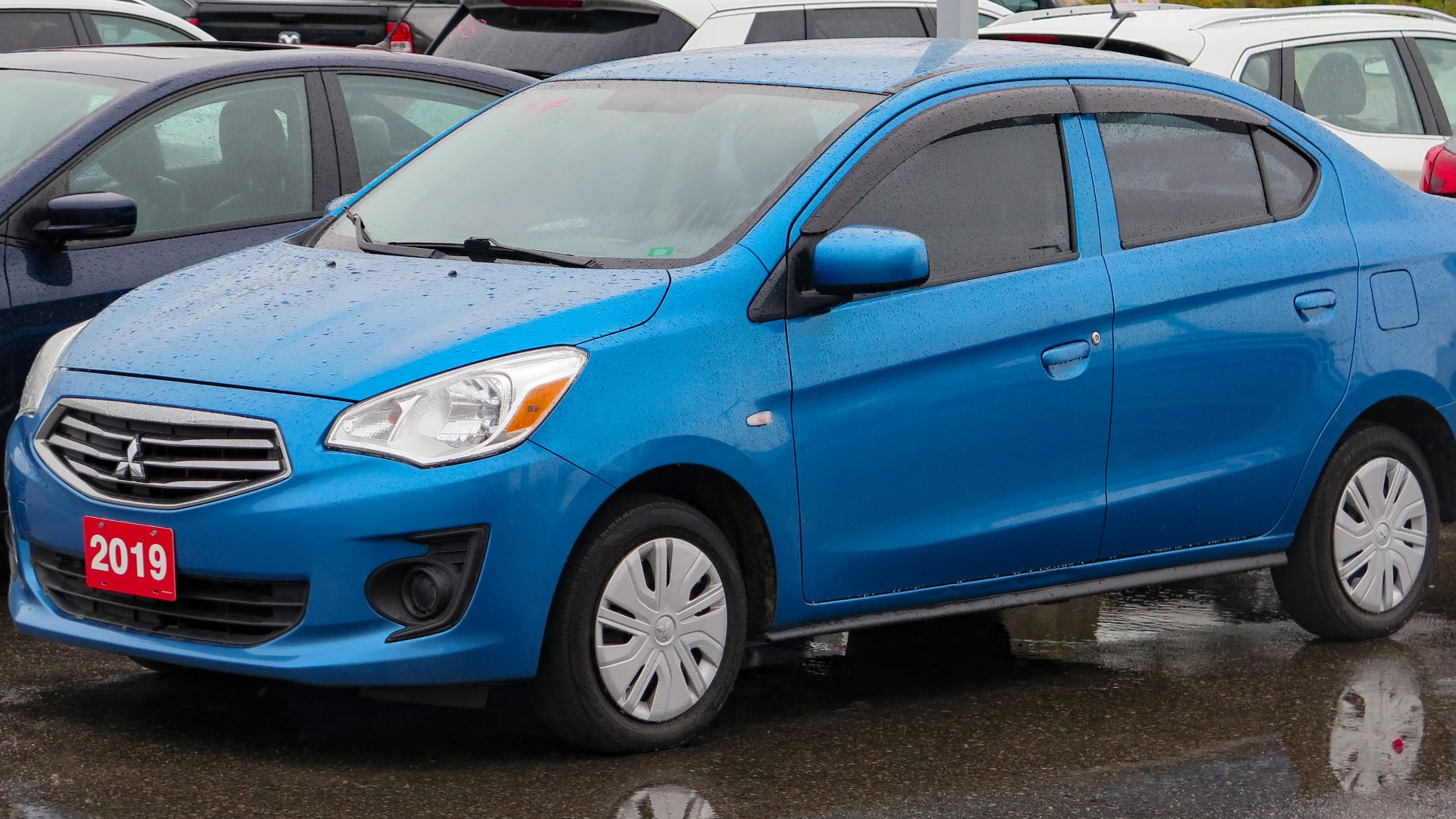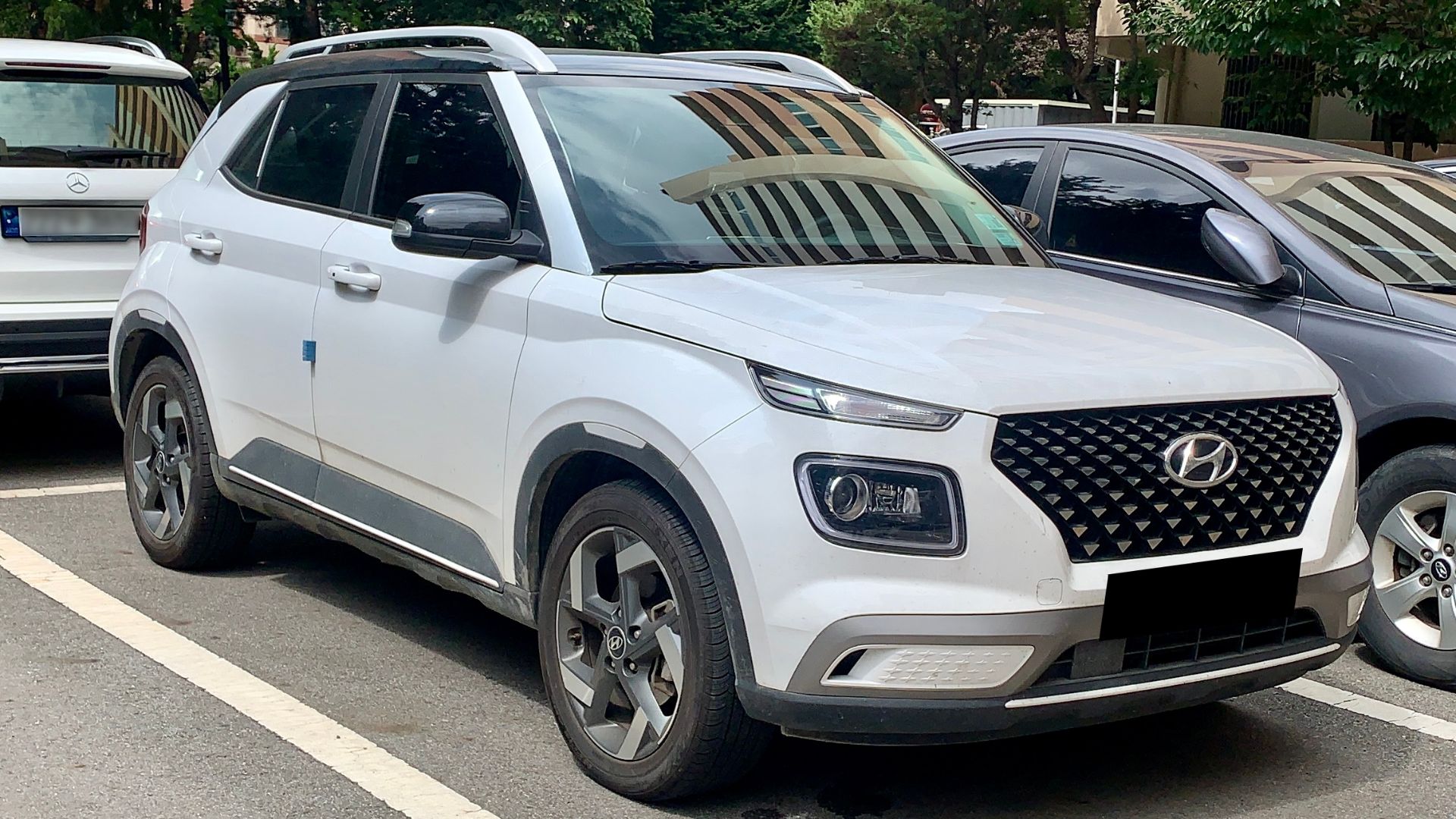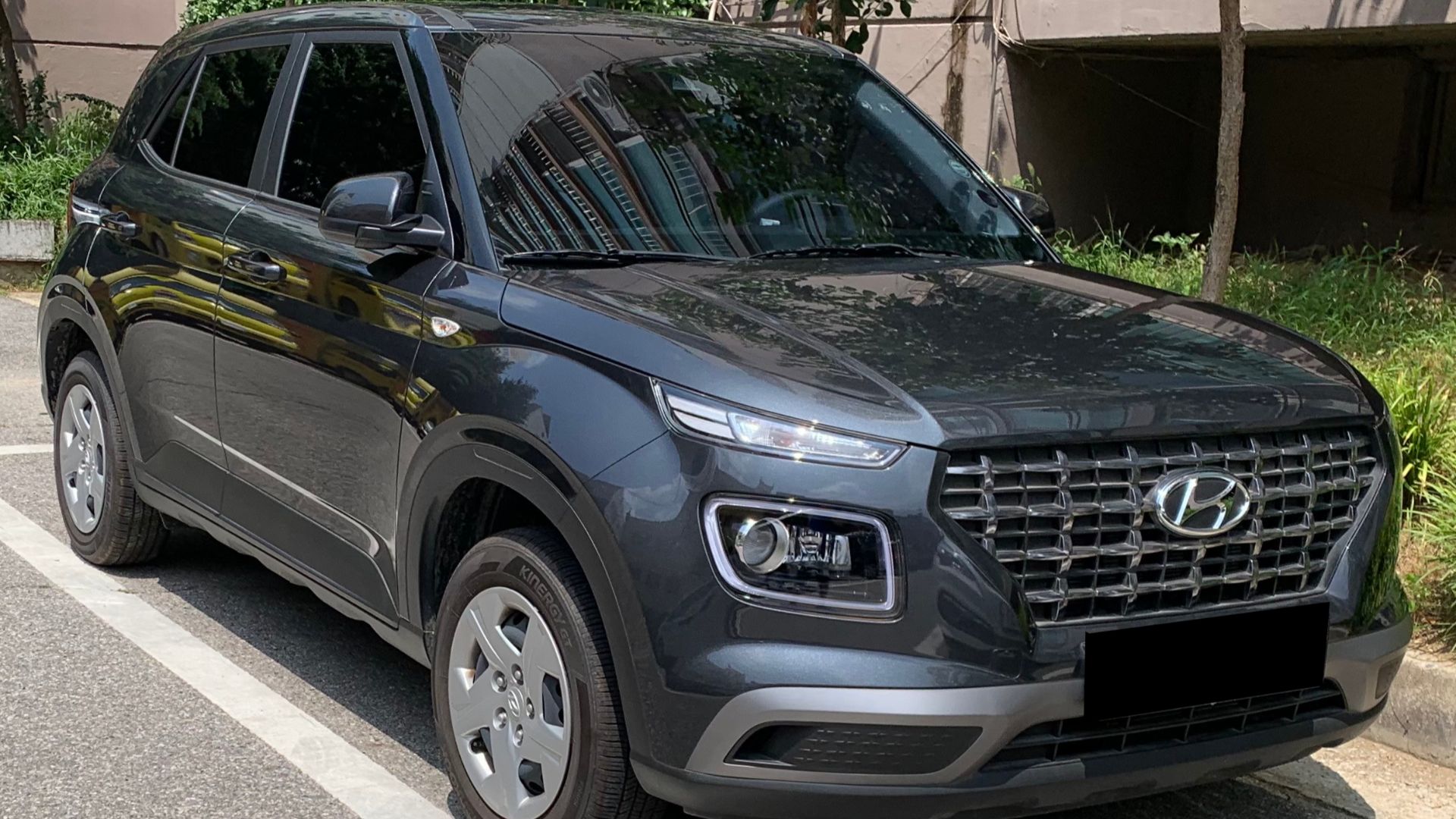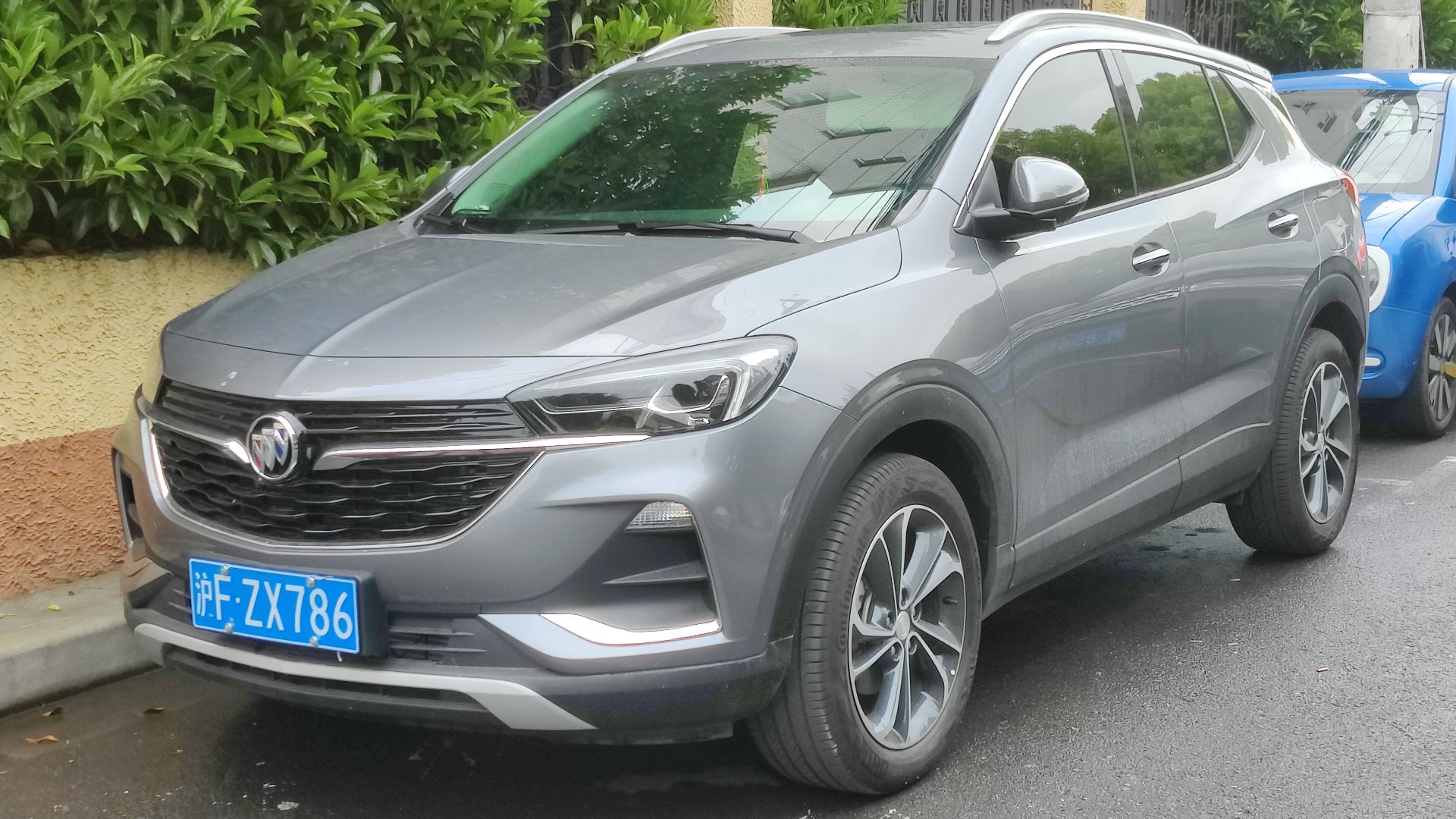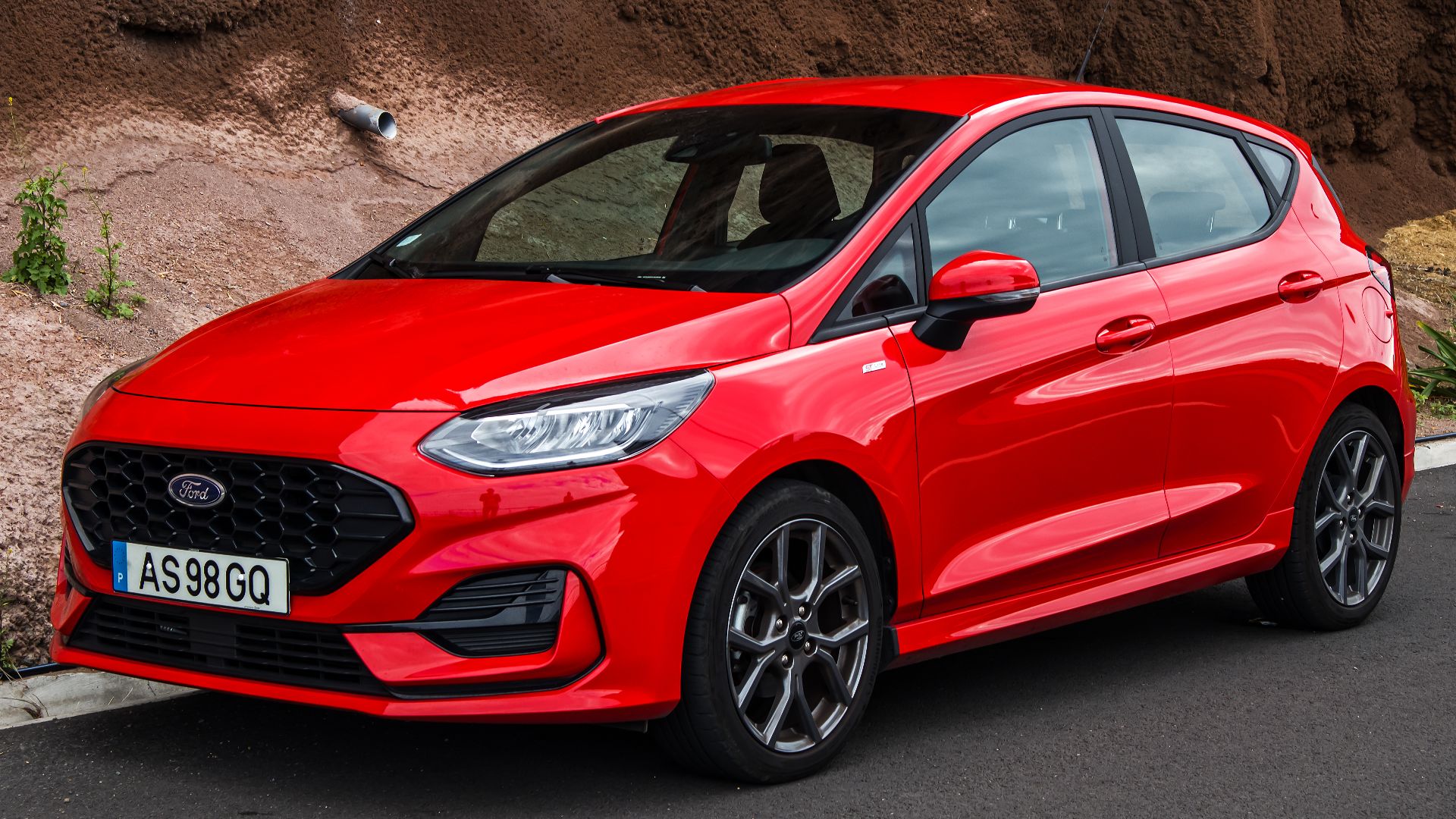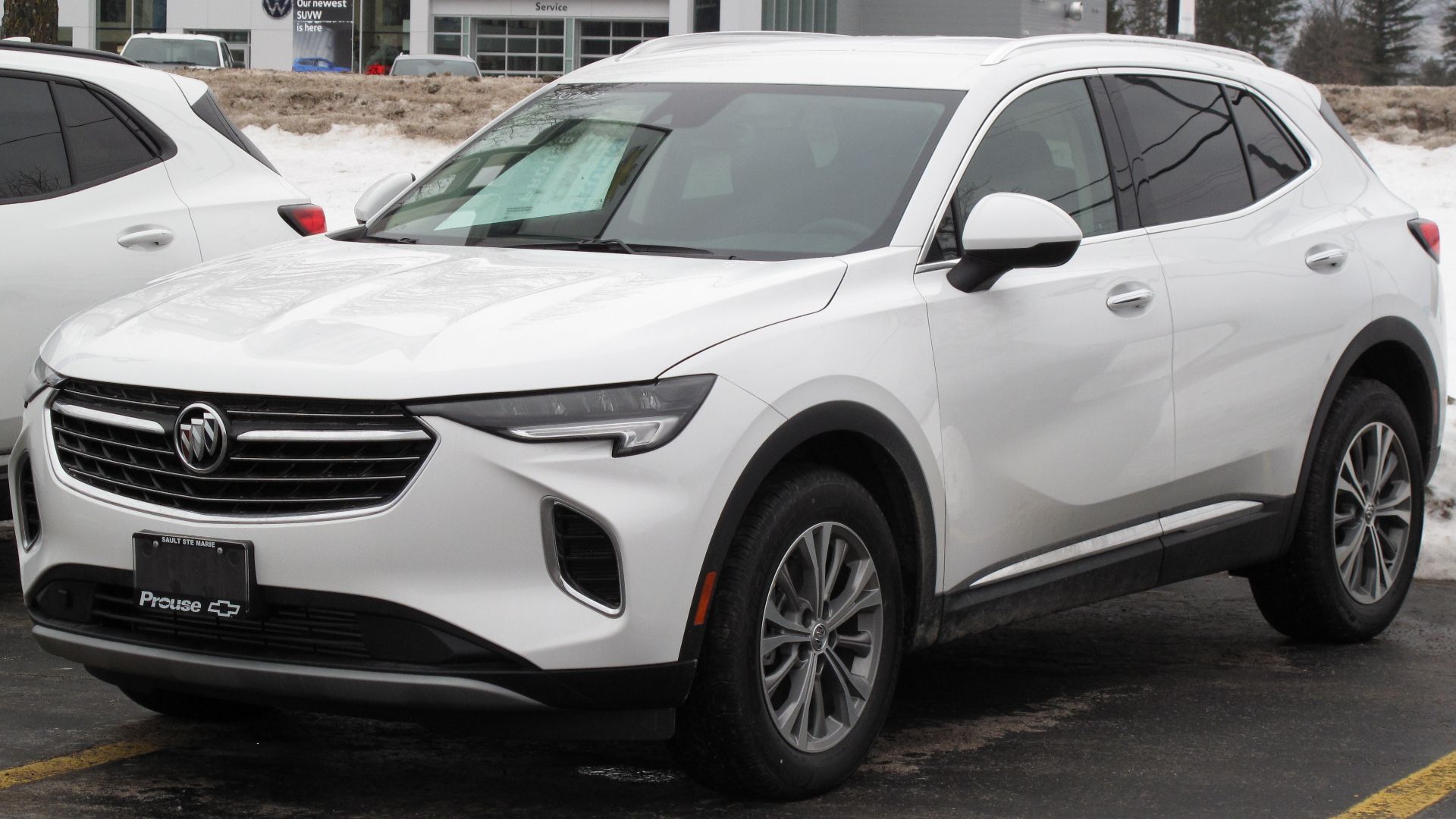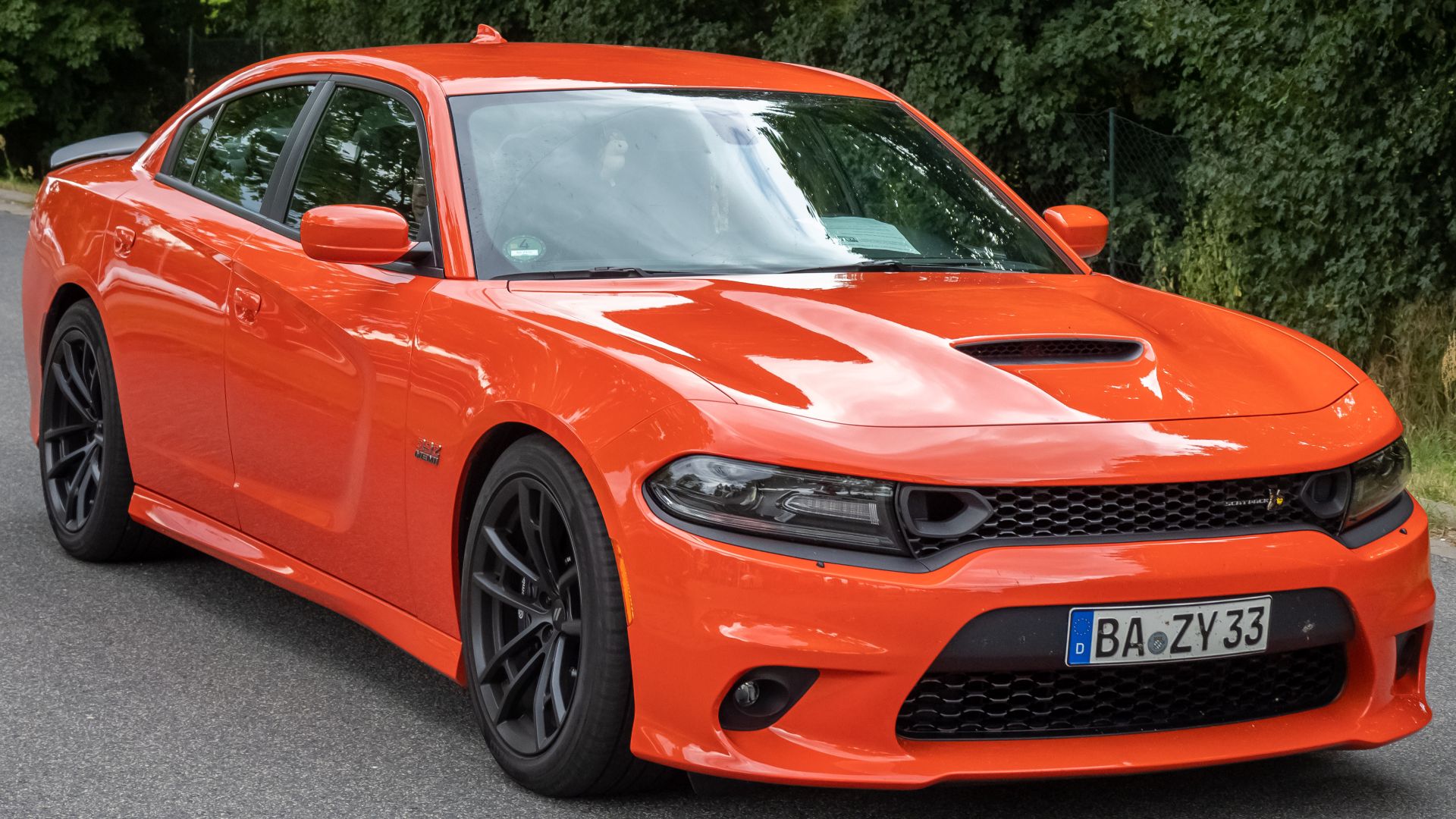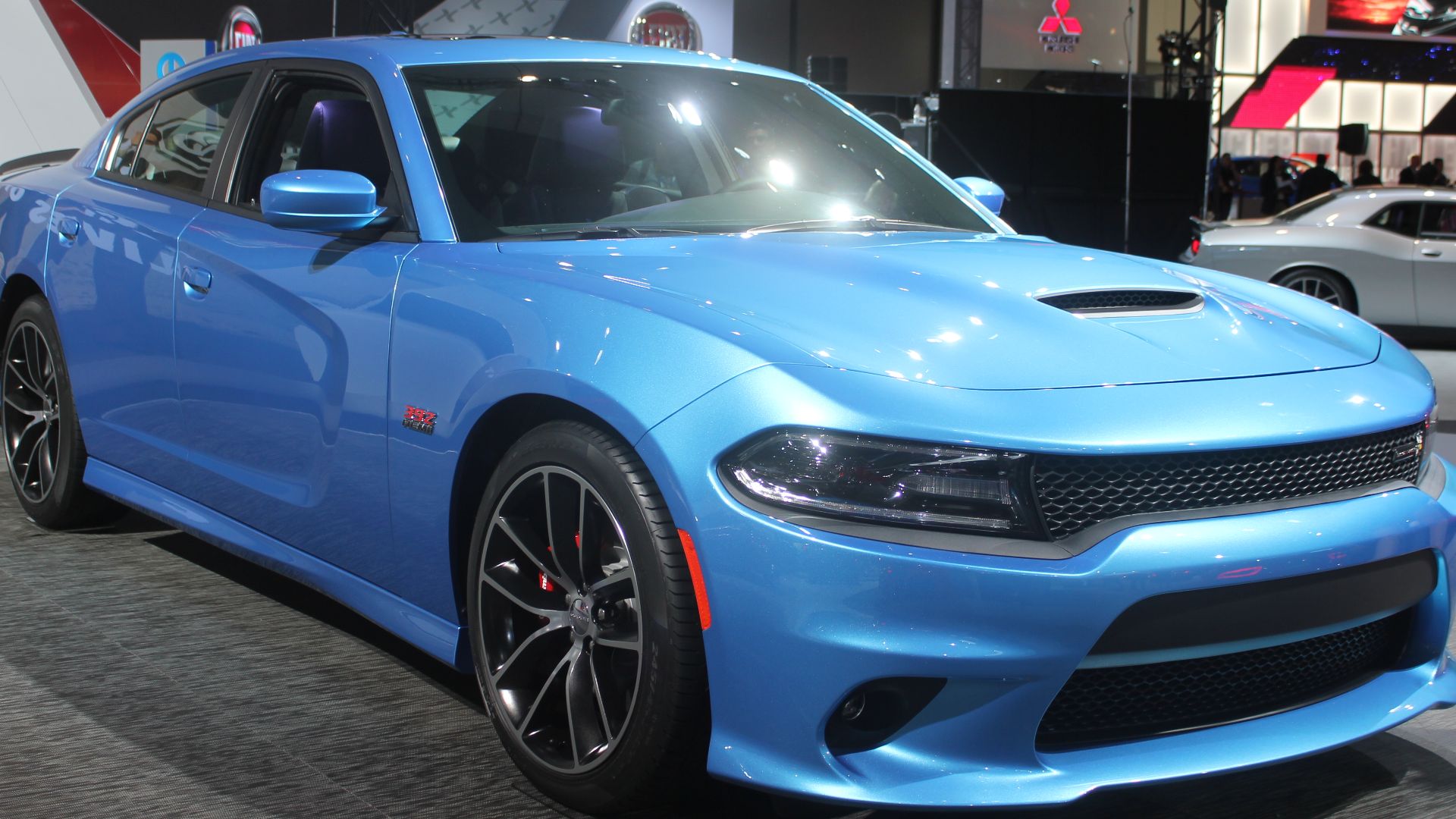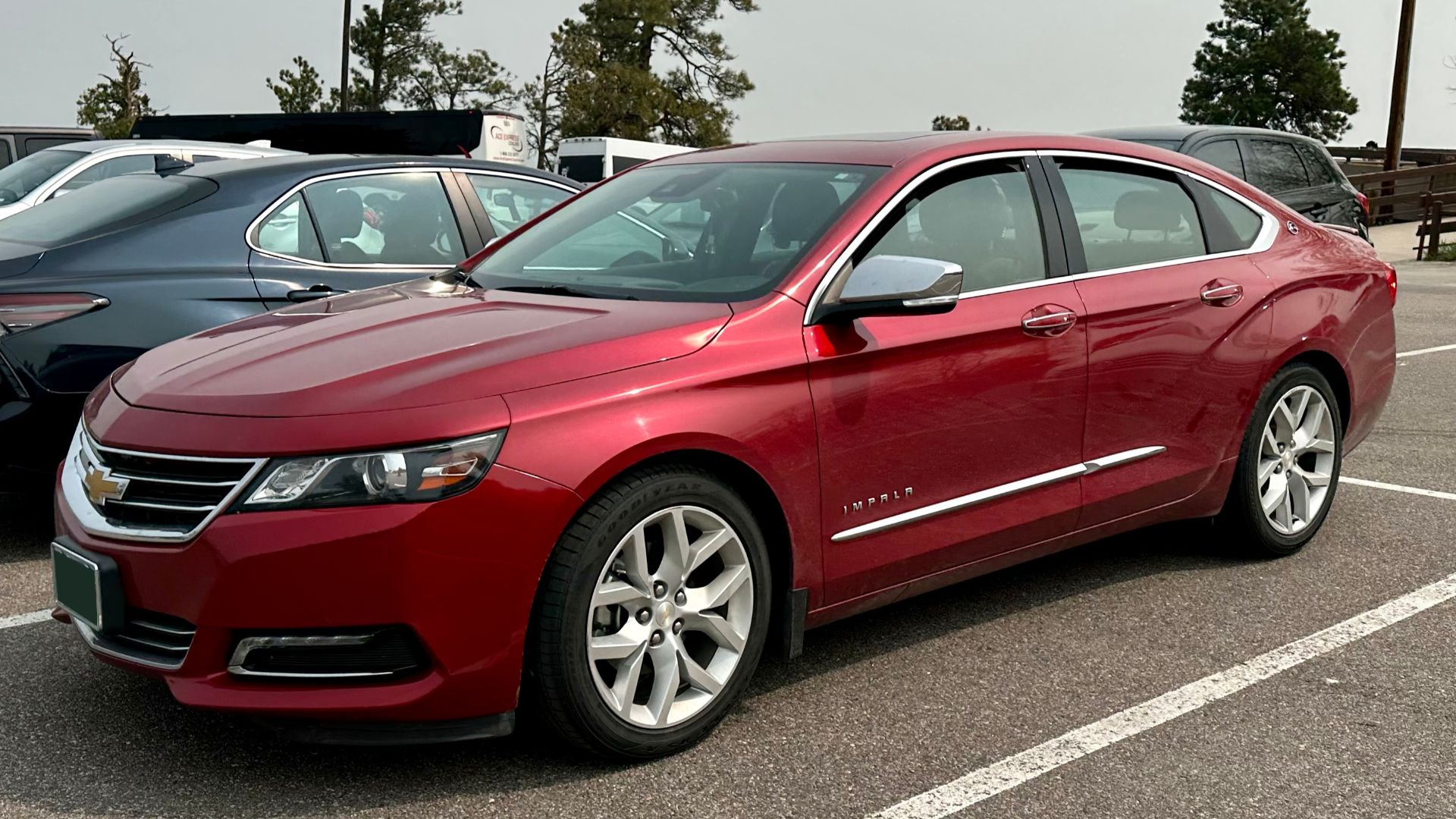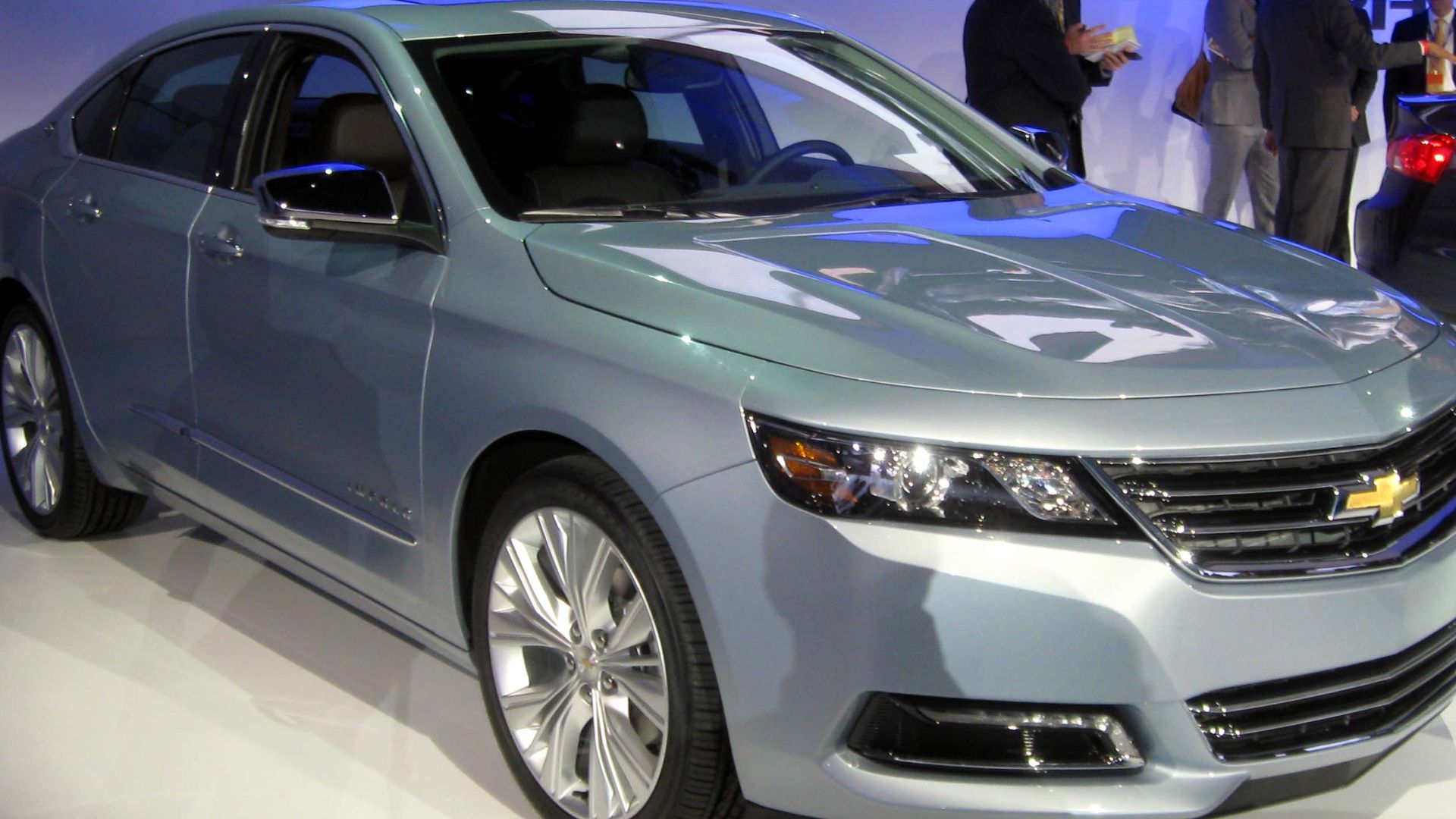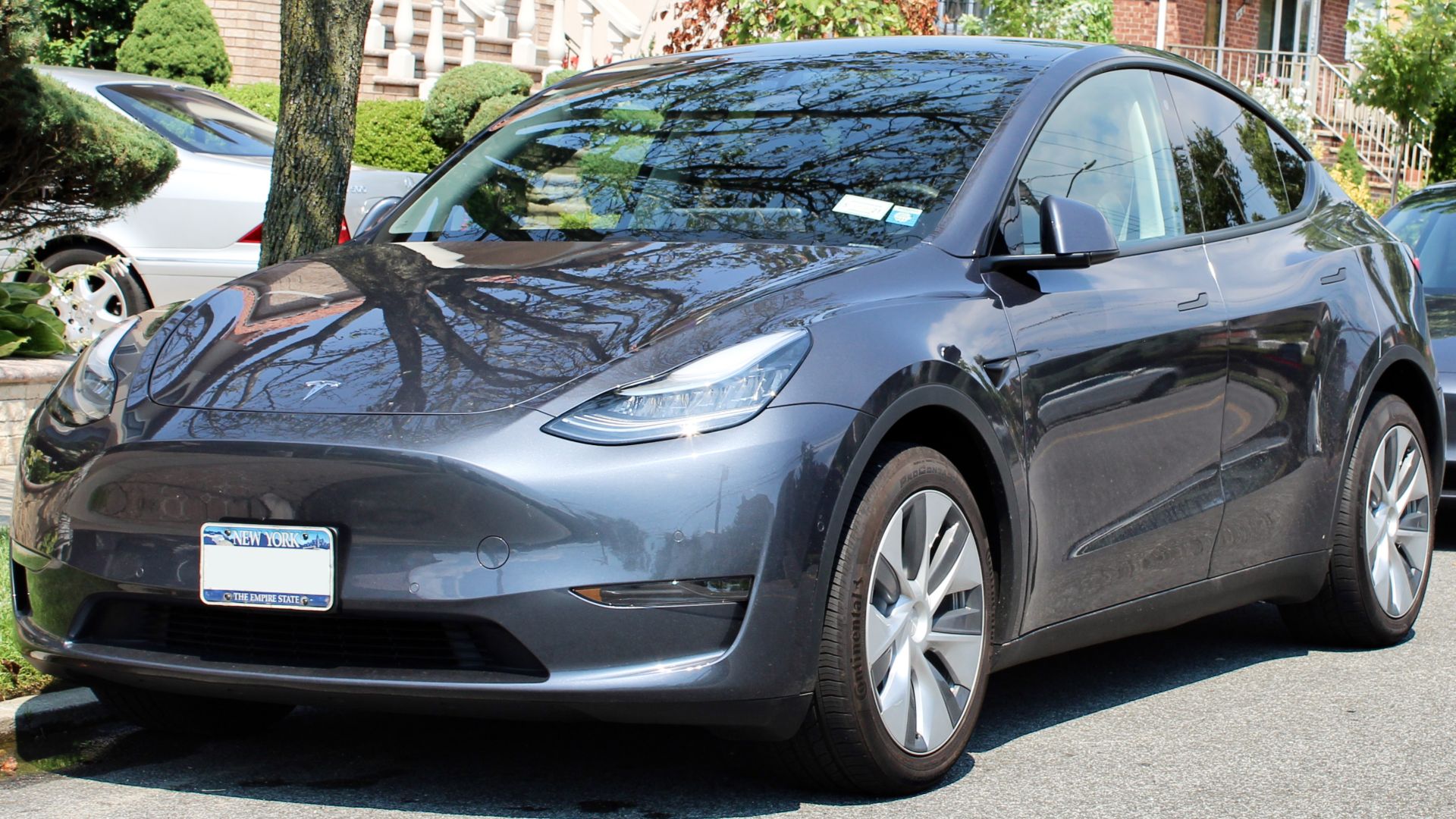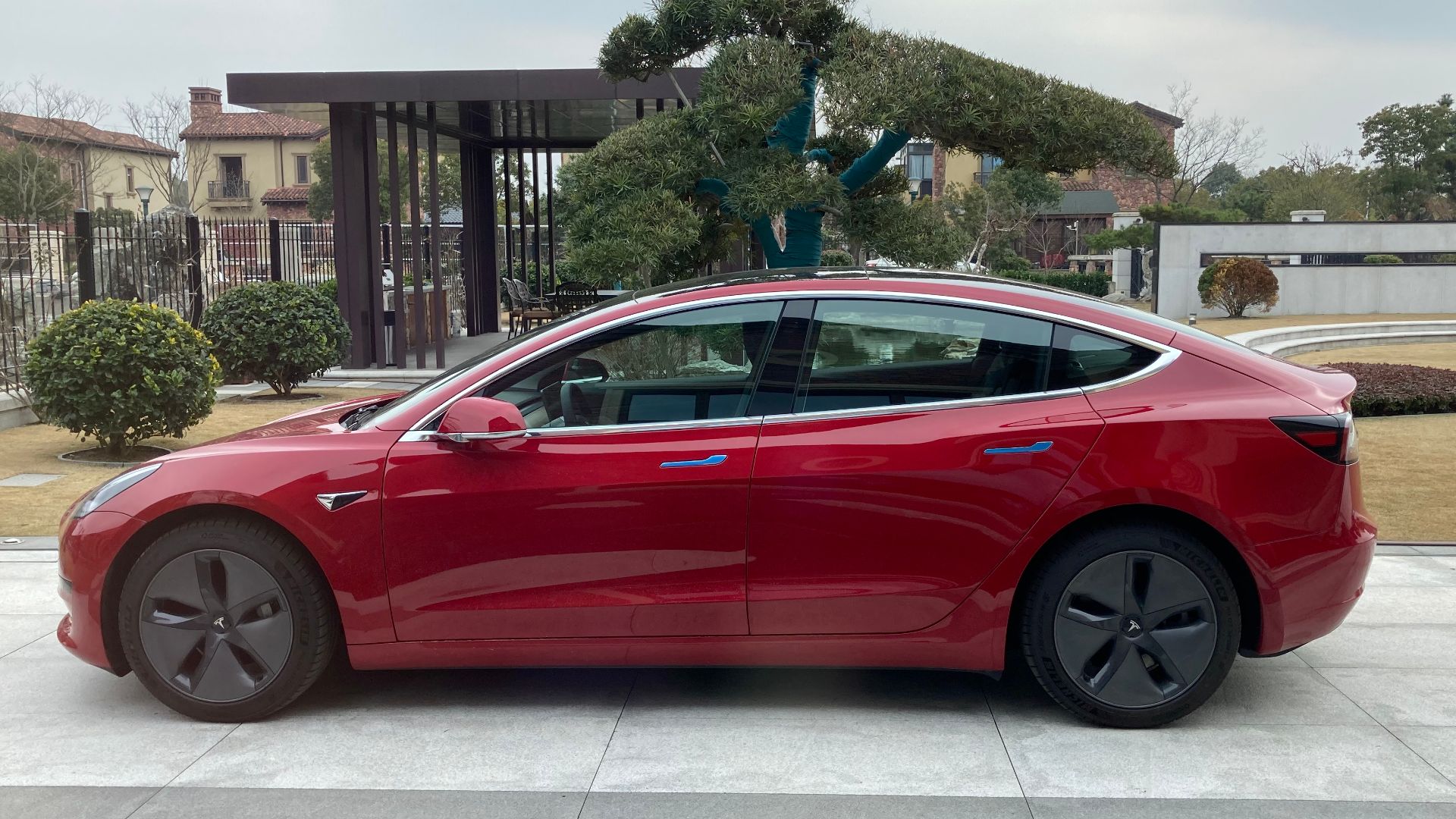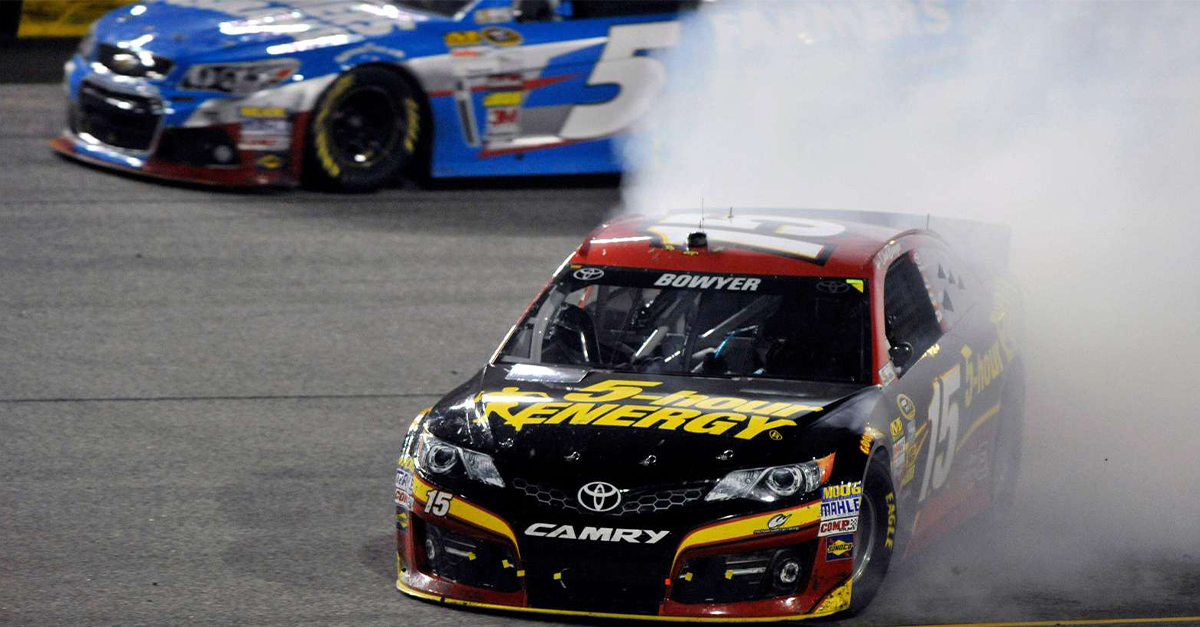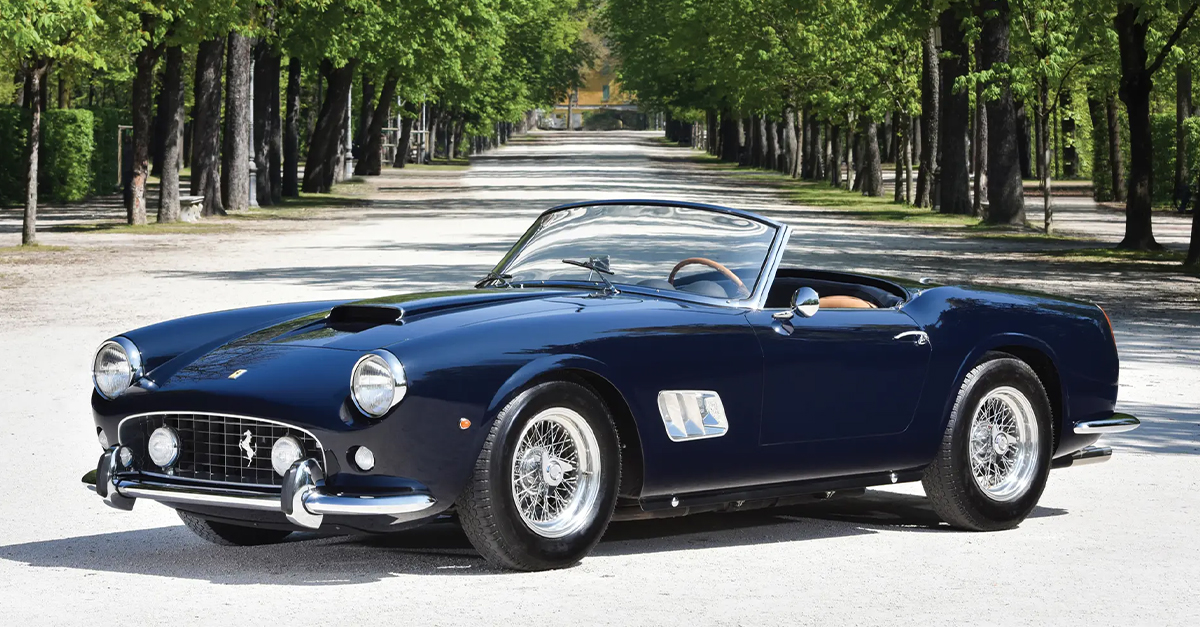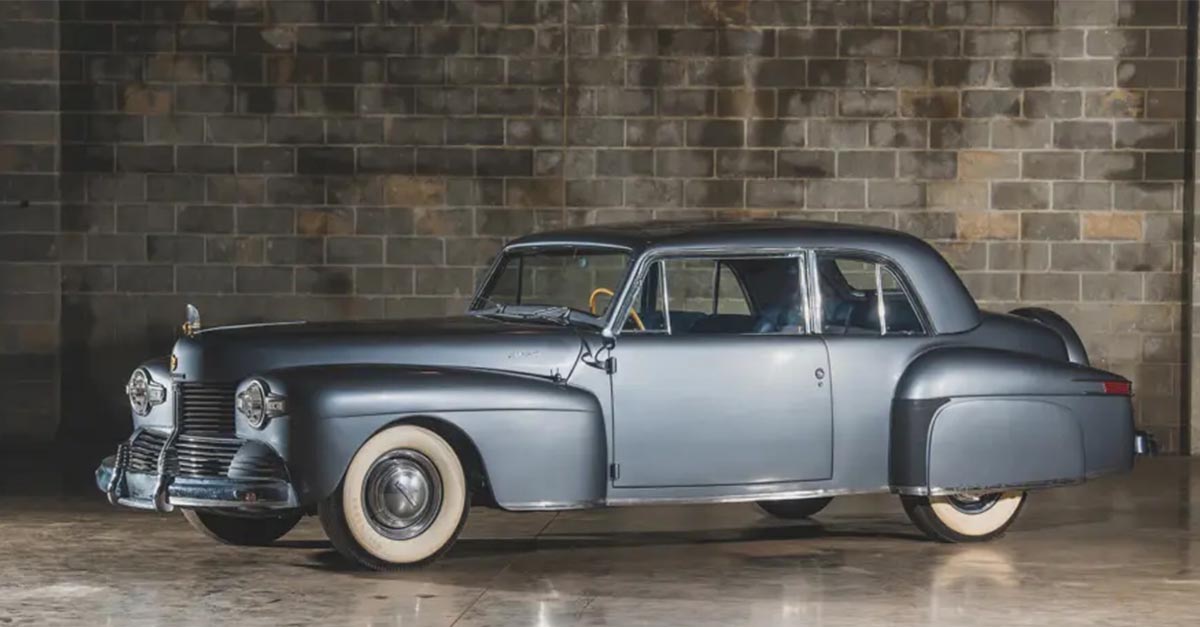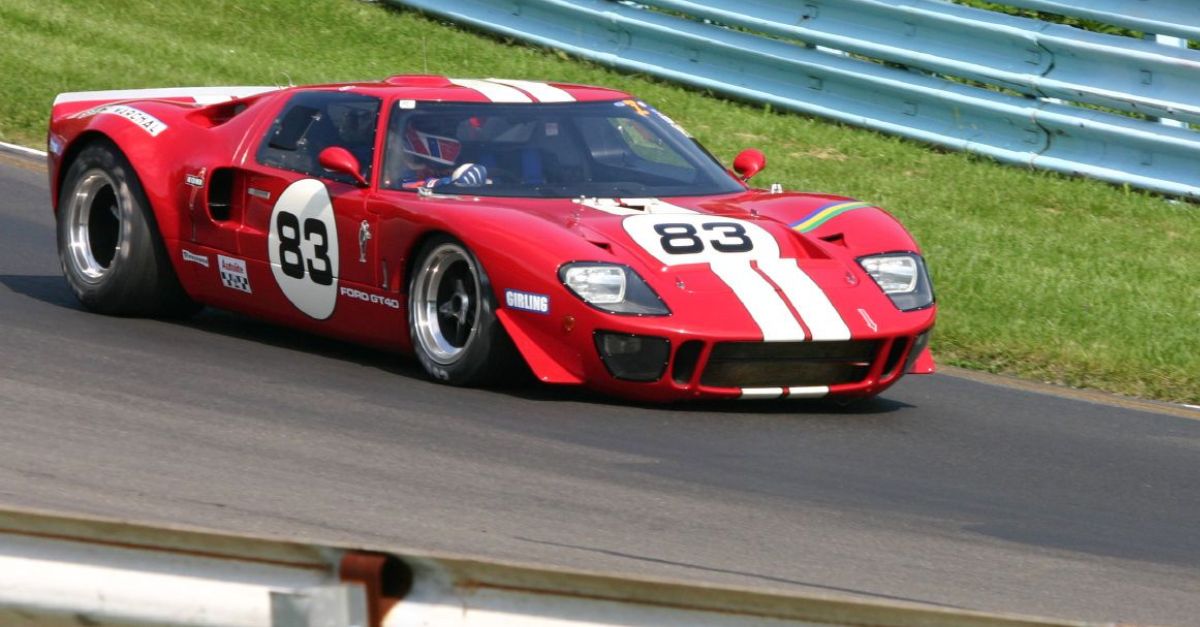Crash Statistics Exposed
That perfect car might have an imperfect safety history. Some popular vehicles tell different stories when you examine real-world performance data. Even discontinued models reveal important patterns about automotive safety.

Mitsubishi Mirage G4
The car world's most dangerous secret hides behind an affordable price tag that attracts first-time buyers and budget-conscious families. With 205 deaths per million registered vehicle years, this minicar turns everyday commuting into a statistical nightmare that insurance companies quietly track.
Mitsubishi Mirage G4 (Cont.)
Engineering compromises become life-threatening realities when crash forces meet minimal safety structures. Its high fatality rate is attributed to the Mirage G4's status as a compact, lightweight, and economy-focused beast, which tends to offer less crash protection compared to larger, heavier models.
Hyundai Venue
According to a recent study by iSeeCars analyzing data from 2018 to 2022, the Venue has a terminal accident rate of 13.9 per billion miles traveled, which is 4.9 times higher than the national average of 2.8 per billion miles.
Hyundai Venue (Cont.)
Experts suggest that the Venue’s small size, light weight, and possibly the demographics or driving environments of its owners may contribute to its heightened lethality rate. The car offers reasonable pedestrian protection but struggles to achieve high scores in this area due to space constraints.
Chevrolet Corvette
America's supercar legacy stretches back seven decades, with each generation pushing performance boundaries. Modern Corvettes deliver hypercar acceleration at sports car prices, democratizing extreme performance for enthusiasts who previously required exotic car budgets to experience such capabilities. Its powerful engines encourage higher speeds and aggressive driving.
Chevrolet Corvette (Cont.)
The resulting 13.6 fatal accidents per billion vehicle miles reflect how marketing messages influence driver behavior beyond manufacturer intentions. By the way, studies from the 1980s and 1990s also found the Corvette to have the highest death rate among registered vehicles at the time.
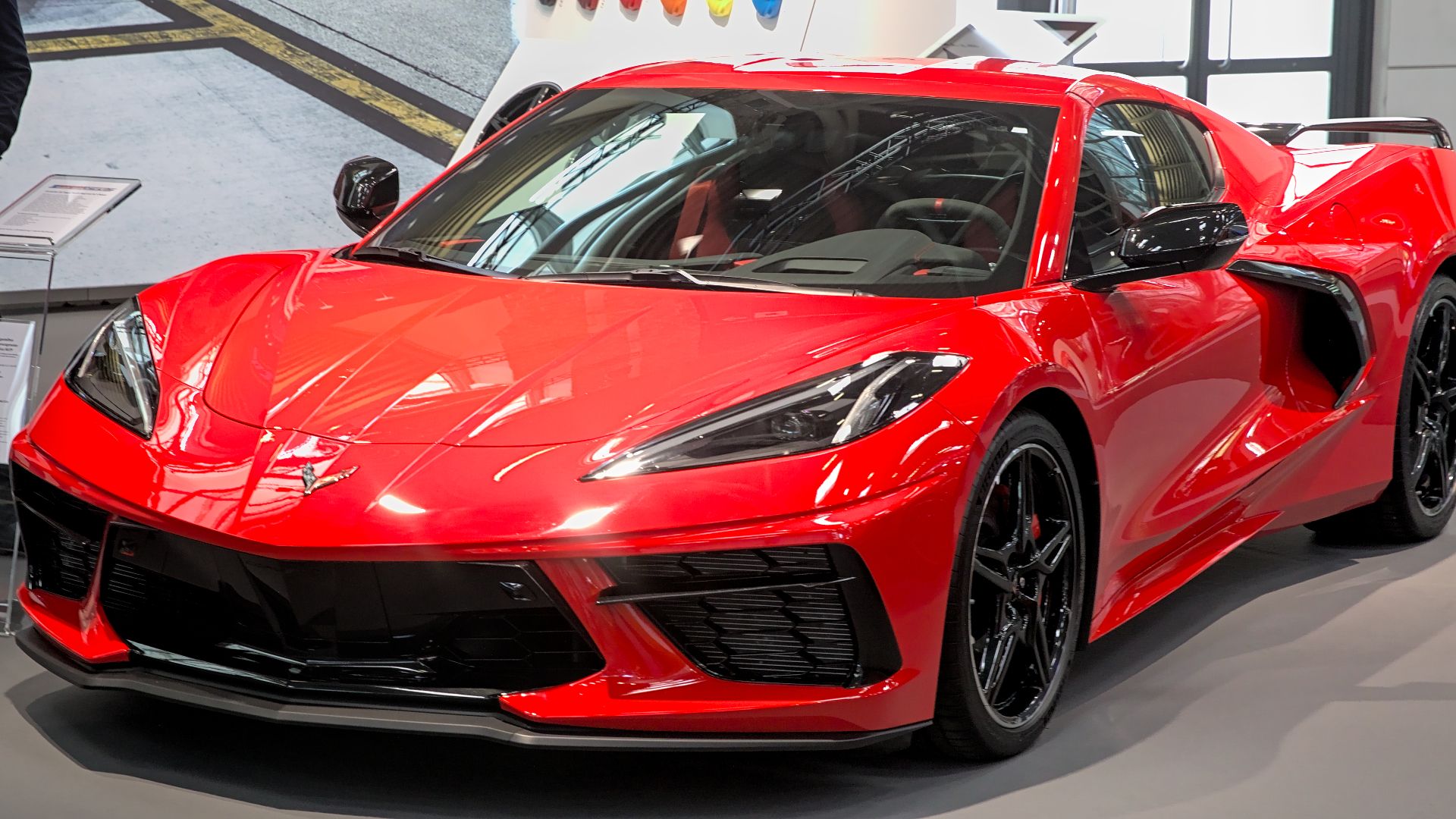 Alexander Migl, Wikimedia Commons
Alexander Migl, Wikimedia Commons
Mitsubishi Mirage
Budget transportation reaches its absolute limit with this hatchback that prioritizes affordability over every other consideration, including occupant survival. To achieve low pricing, the Mirage prioritizes basic safety features like airbags and ABS but omits some advanced reinforcements seen in higher-end models, per Mitsubishi's specifications and reviews.
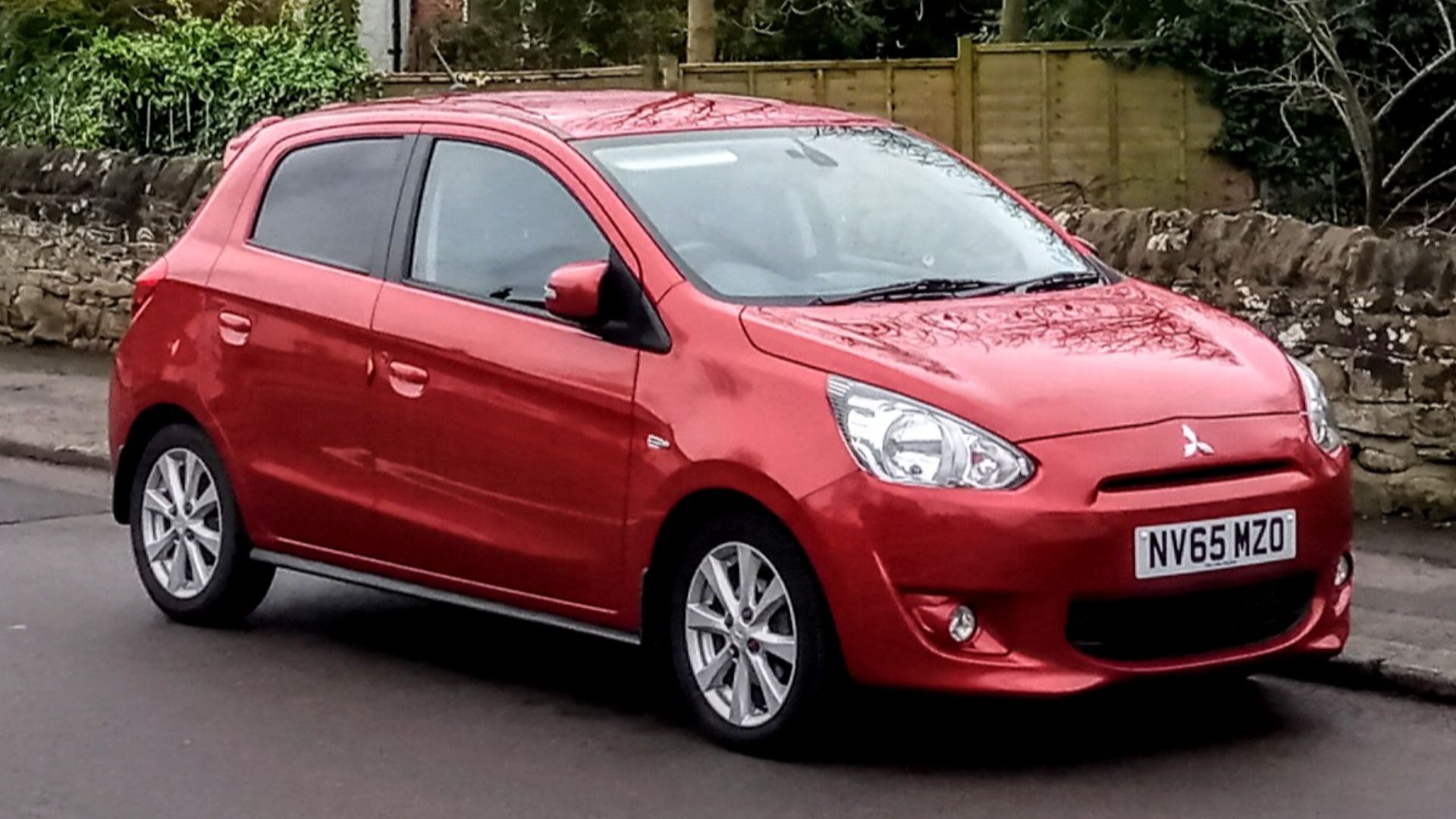 Wheatley Hill, Wikimedia Commons
Wheatley Hill, Wikimedia Commons
Mitsubishi Mirage (Cont.)
The consequences manifest in 183 deaths per million registered vehicle years. Crash test ratings tell only part of the story when real-world collisions involve vehicles weighing three times more than your chosen transportation. The Mirage is also noted for a lack of power.
Buick Encore GX
Despite earning the 2022 IIHS Top Safety Pick status, real-world performance contradicts laboratory results. Certain 2020–2022 models were recalled because emergency jacks could fracture during use, causing the machine to collapse. The compact SUV segment averages 2.2 fatalities per billion miles.
Porsche 911
This German icon has defined sports car perfection for nearly six decades. Every 911 incorporates advanced safety technology, from advanced airbag systems to sophisticated stability control. Sadly, between 2018 and 2022, it recorded a fatal accident rate of 13.2 per billion vehicle miles.
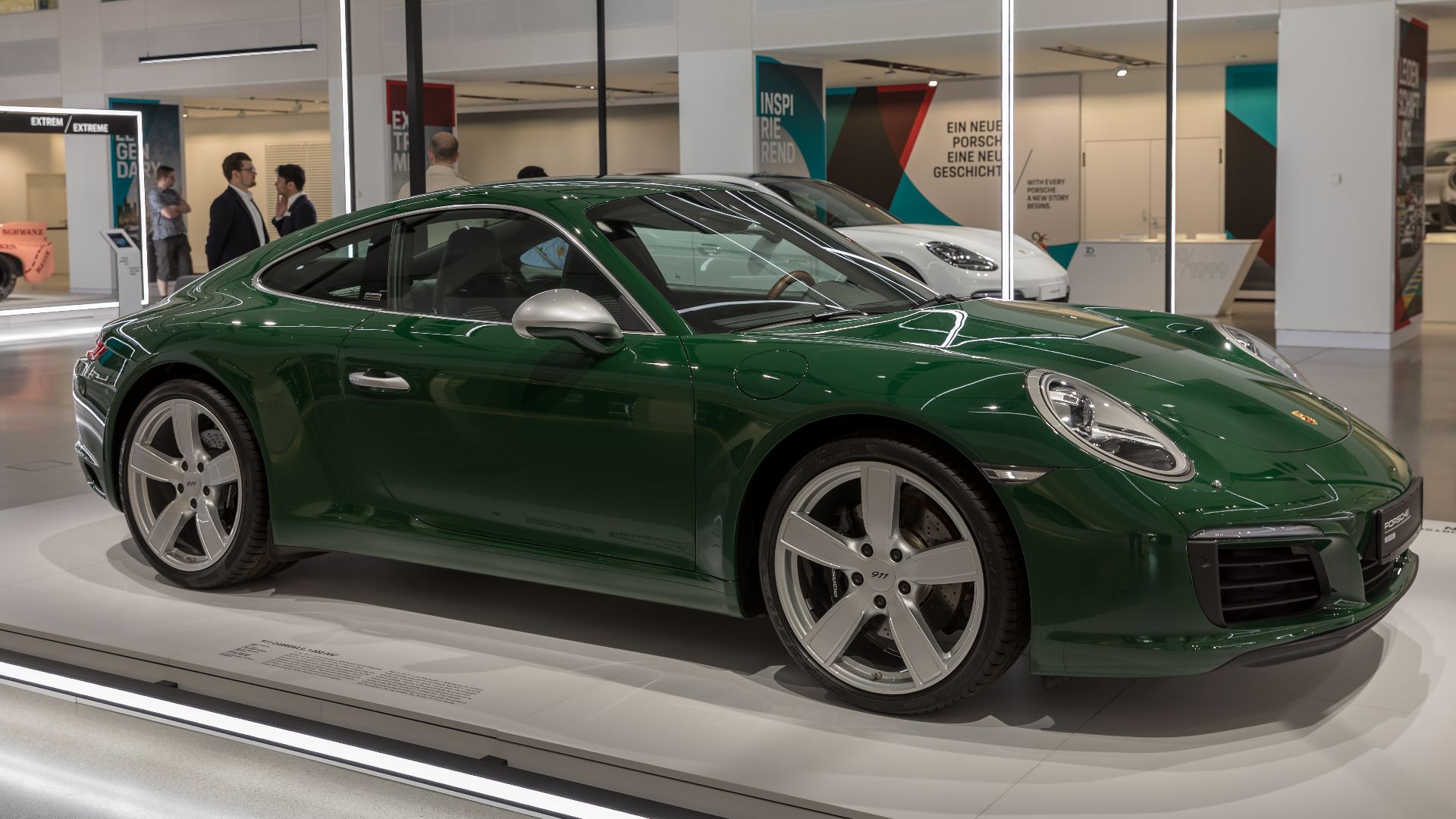 Matti Blume, Wikimedia Commons
Matti Blume, Wikimedia Commons
Porsche 911 (Cont.)
This is 4.6 times higher than the US average. While not as lightweight as subcompacts, the 911 is still relatively small and low to the ground. In multi-vehicle collisions, especially with larger SUVs or trucks, occupants are at a disadvantage compared to those in heavier automobiles.
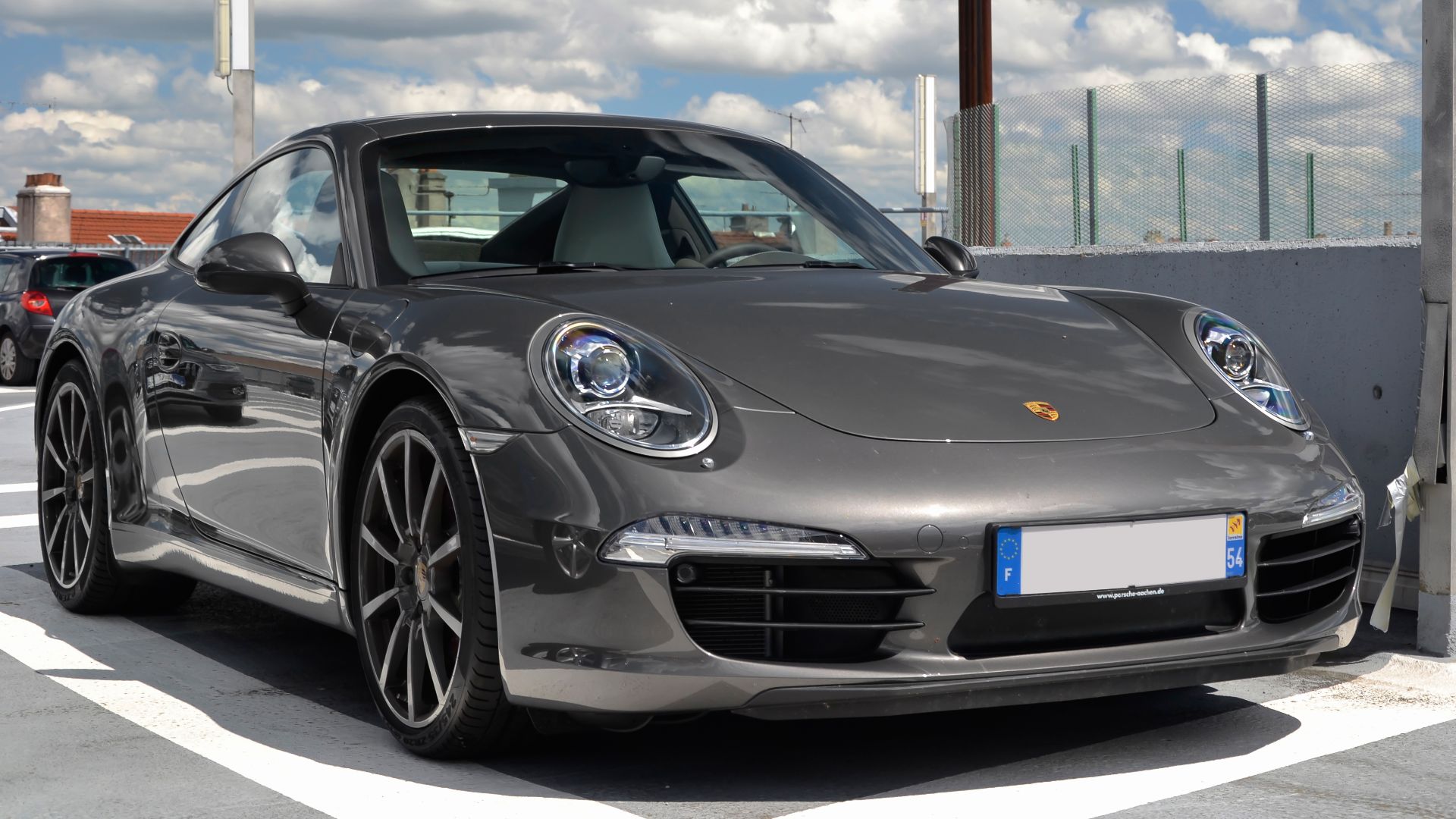 Alexandre Prévot from Nancy, France, Wikimedia Commons
Alexandre Prévot from Nancy, France, Wikimedia Commons
Ford Fiesta
At 4.9 fatal crashes per 10,000 sold cars, this subcompact's death rate tells a stark story about physics versus affordability. With 56 fatalities among 115,232 units sold between 2018 and 2020, the Fiesta's European origins couldn't protect American buyers from domestic road realities.
Ford Fiesta (Cont.)
Ford discontinued the Fiesta in North America after 2019, mainly due to declining sales of small cars and also due to mounting safety concerns. In some crash tests, the protection for the rear passenger’s chest was rated as “marginal,” which is obviously weaker than the “good” ratings.
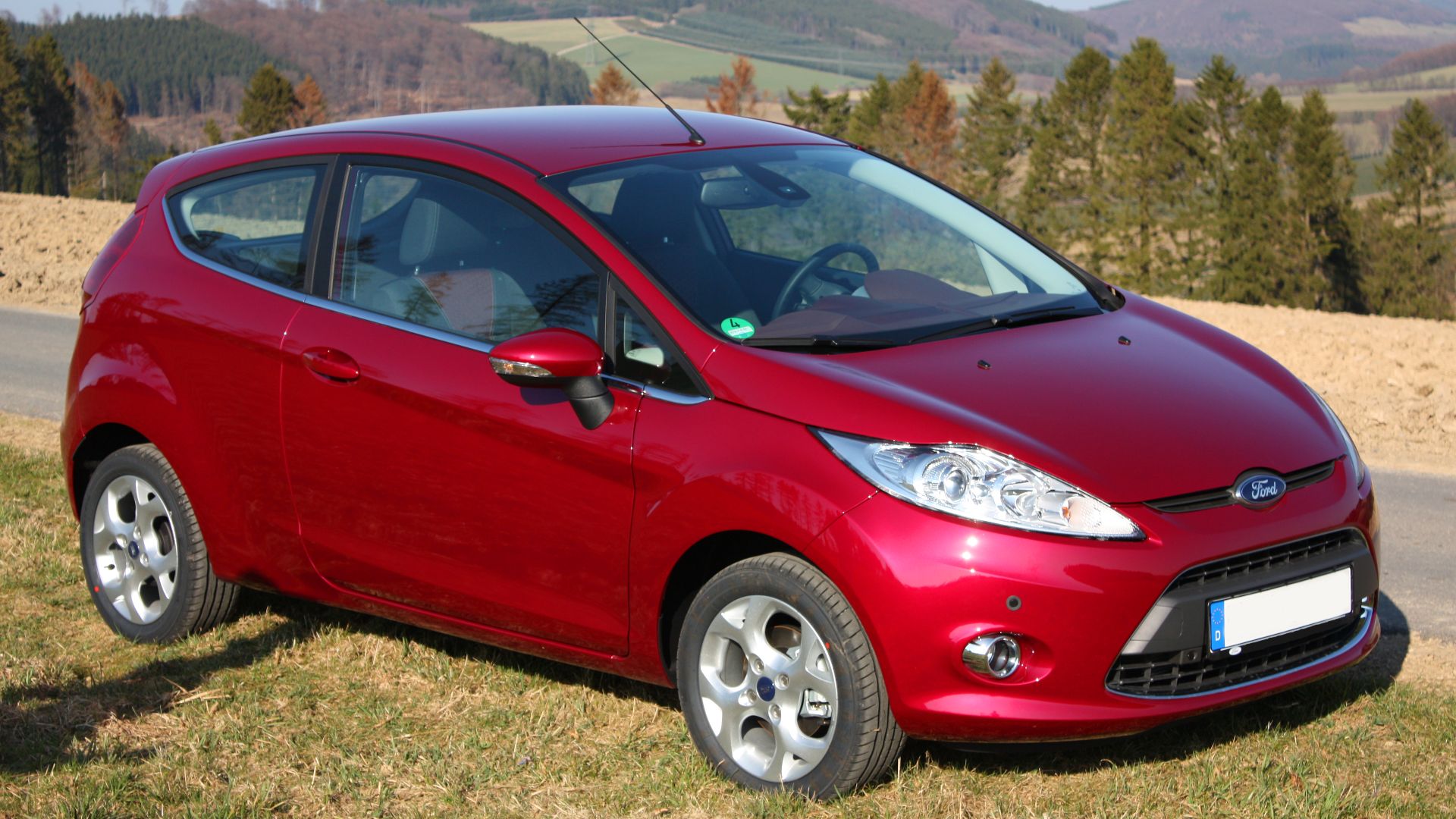 Nize (talk) 13:33, 5 April 2009 (UTC) , Nicolai Schäfer, Wikimedia Commons
Nize (talk) 13:33, 5 April 2009 (UTC) , Nicolai Schäfer, Wikimedia Commons
Buick Envision
According to a comprehensive iSeeCars study of 2018–2022 models using NHTSA Fatality Analysis Reporting System (FARS) data, the Buick Envision has a fatal accident rate of 8.0 per billion vehicle miles, which is 2.8 times the overall average and 3.6 times the average for SUVs.
Chevrolet Camaro
Modern Camaros pack up to 650 horsepower into platforms originally designed for more modest performance levels. The psychological impact of driving an iconic muscle car influences behavior patterns that safety engineers cannot control solely through technology. This vehicle's heritage celebrates quarter-mile dominance and tire-smoking acceleration.
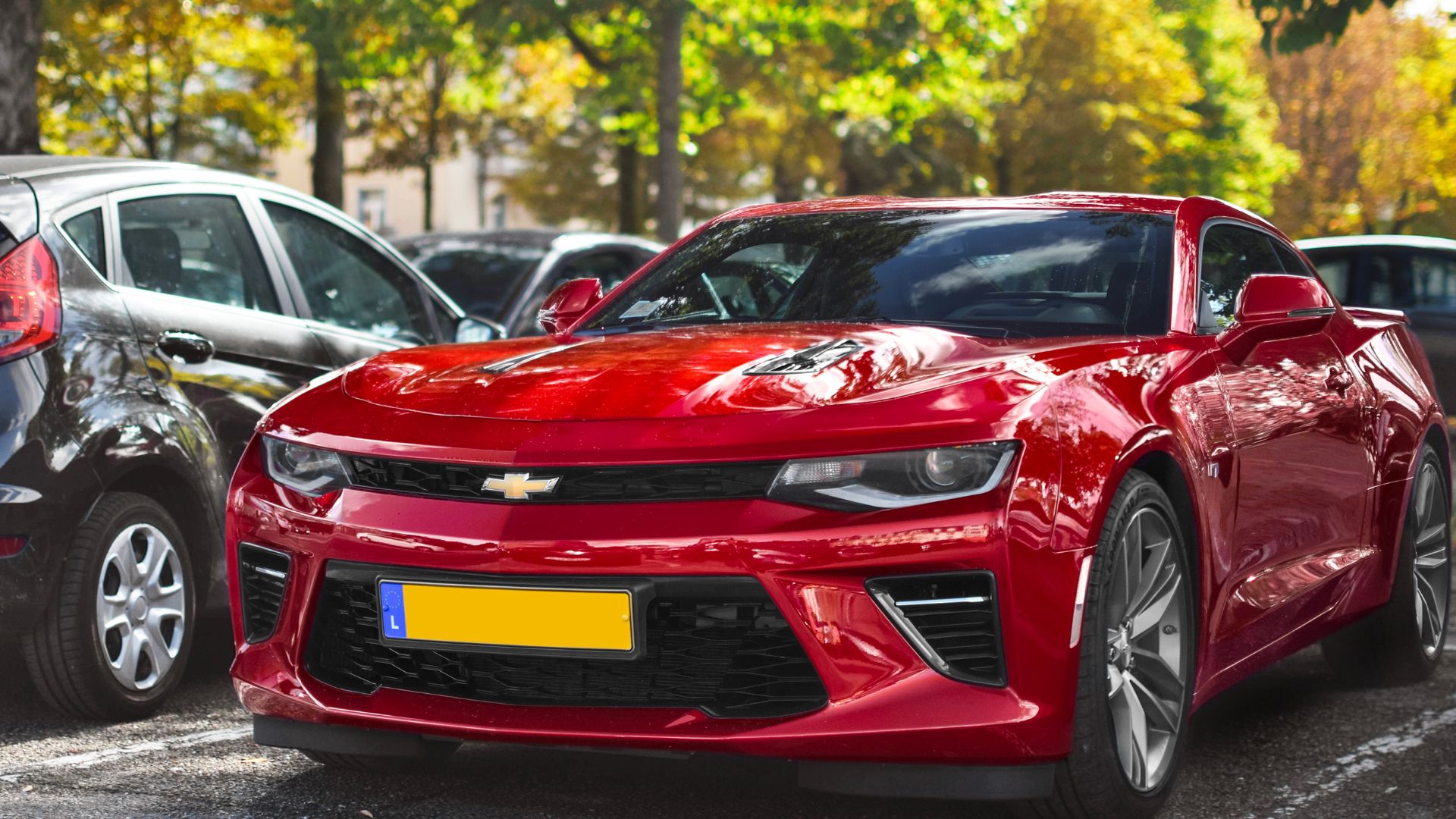 Alexandre Prévot from Nancy, France, Wikimedia Commons
Alexandre Prévot from Nancy, France, Wikimedia Commons
Chevrolet Camaro (Cont.)
According to a 2023 analysis of NHTSA data by 24/7 Wall St, the Camaro recorded 5.7 fatal crashes per 10,000 units sold, with 74 deaths among 129,006 sales from 2018–2020. Driver-assistance technology is also less comprehensive than in some rivals.
Dodge Charger
This four-door muscle car recorded 152 fatalities in 254,588 sales (NHTSA), translating to 6.0 fatal crashes per 10,000 units sold. Dodge deliberately marketed the Charger's aggressive styling and available 707-horsepower Hellcat engine to buyers seeking maximum performance in practical family sedan packaging.
Dodge Charger (Cont.)
Police departments nationwide chose Charger patrol vehicles for their pursuit capabilities. However, it is important to note that the Charger rates “Marginal” for structure and safety cage in the IIHS small overlap front crash test (driver side), with a “Poor” rating for lower leg/foot protection.
Chevrolet Impala
The discontinuation of this full-size sedan in 2020 marked the end of a nameplate that once represented mainstream American family transportation. America's most statistically dangerous car achieved 7.0 fatal crashes per 10,000 sold, with 78 deaths between 2018 and 2020 as per NHTSA analyses.
Chevrolet Impala (Cont.)
The Impala's increased lethality percentage contradicts conventional wisdom about the safety advantages of large cars. Despite weighing over 3,600 pounds and measuring nearly 202 inches long, something about this particular combination of size, driver demographics, and usage patterns created disproportionate crash risks.
Honda CR-V Hybrid
The CR-V Hybrid has 13.2 accidents per billion miles—4.6 times the national average. This makes it the fifth most dangerous vehicle in America, worse than most sports cars. Apparently, the 2022 model received a "poor" rating in IIHS testing for rear passenger chest protection.
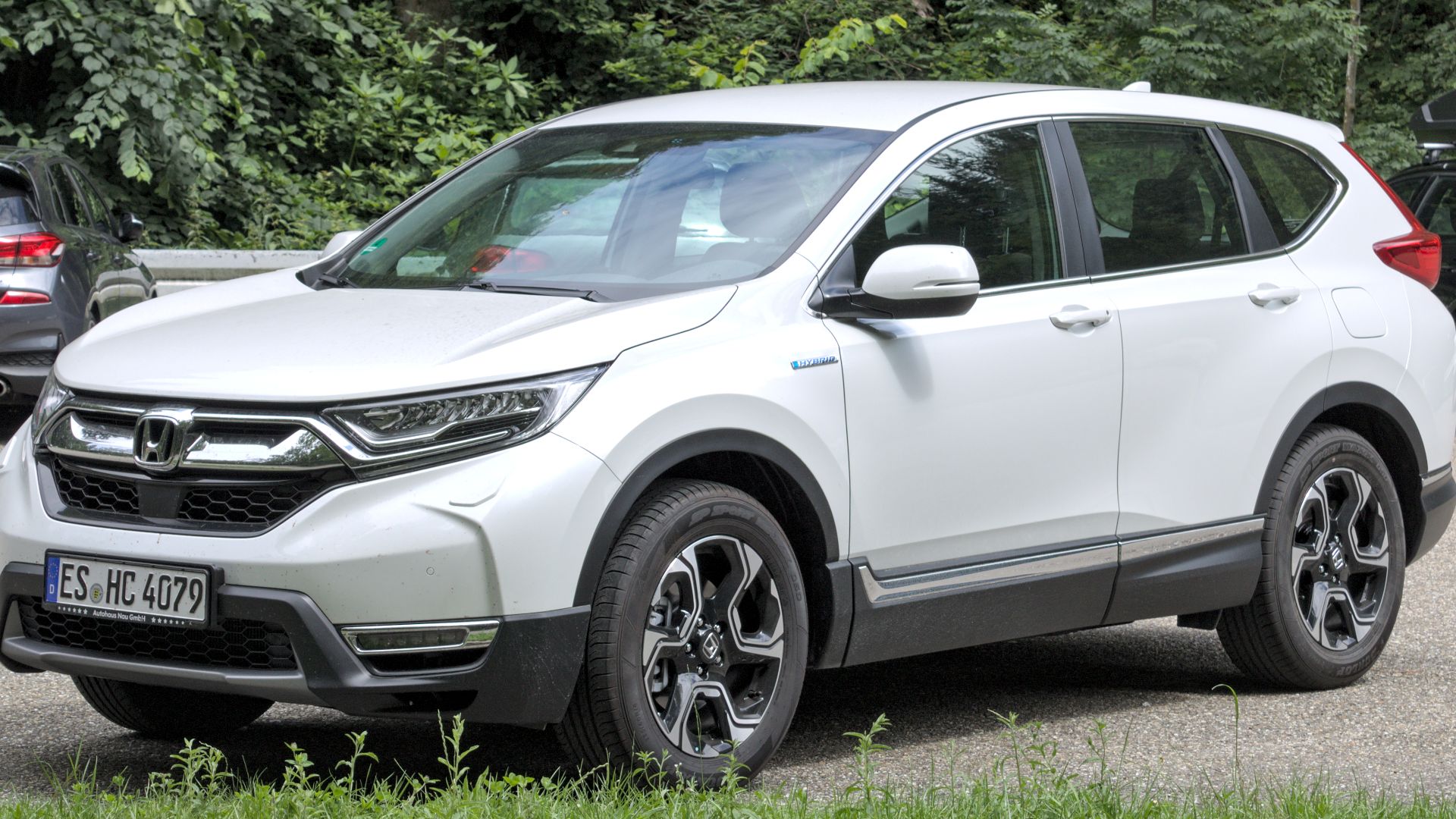 Alexander Migl, Wikimedia Commons
Alexander Migl, Wikimedia Commons
Honda CR-V Hybrid (Cont.)
Despite Honda's reputation for safety, the hybrid version underperforms the regular CR-V. The battery placement and weight distribution may affect crash dynamics. Additionally, the seatbelt geometry and anchoring have led to “Poor” ratings for chest injury risk, especially for children.
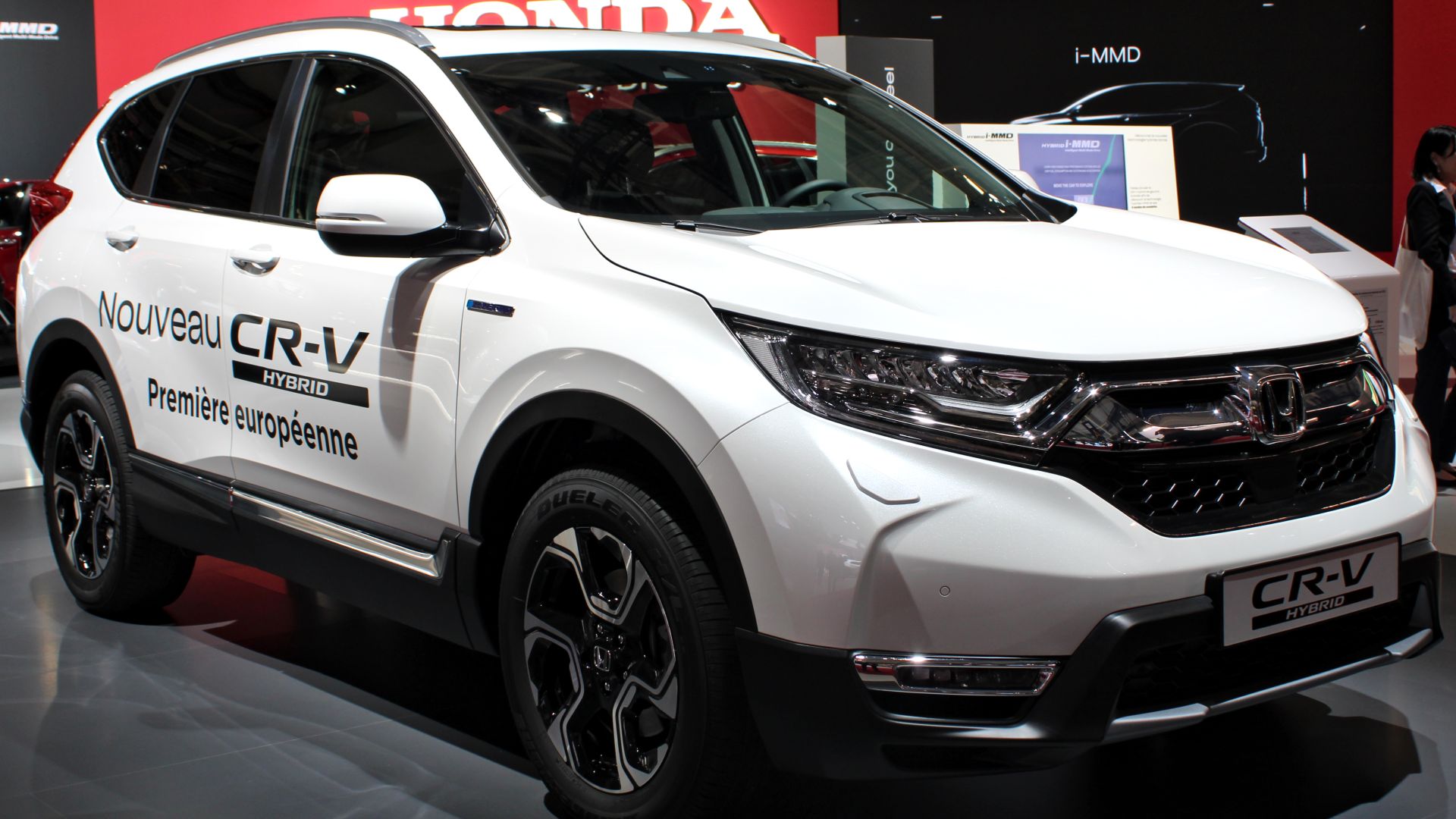 Alexander Migl, Wikimedia Commons
Alexander Migl, Wikimedia Commons
Tesla Model Y
Tesla leads all brands with 5.6 deaths per billion miles, despite its extensive safety marketing efforts. It has recorded 10.6 fatal accidents per billion miles. This model earned the IIHS Top Safety Pick+ yet ranks sixth among the United States’ riskiest vehicles.
Tesla Model Y (Cont.)
It is said that autopilot may contribute to driver overconfidence. Tesla's instant acceleration capability (0–60 in 3.5 seconds), combined with silent operation, creates unique risk factors. The vehicle weighs 4,416 pounds, heavier than most sedans, yet accident rates exceed lighter vehicles.


